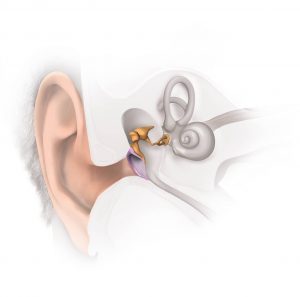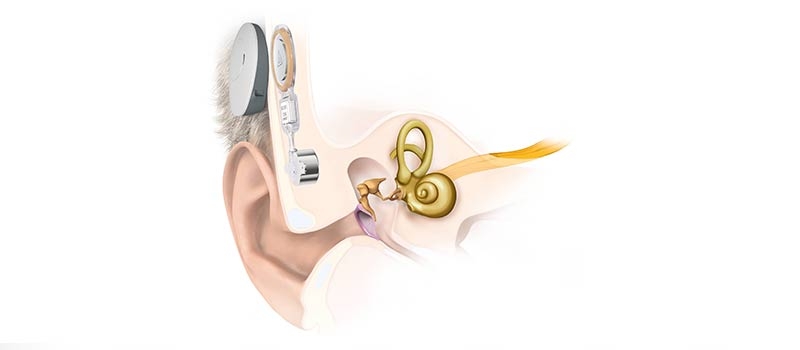No products in the basket.
Blog
Bone conduction solutions for hearing impaired
Bone conduction and more specifically bone conduction headphones do not only aim to provide a safe solution for people who like to play sports and at the same listen to music, but the technology is also used to support hearing impaired people. Before we dive somewhat deeper into the bone conduction solutions for hearing impaired, it might be interesting to take a brief look at bone conduction itself. If you would like to read more about bone conduction and the benefits of this technology, we would like to refer you to our below blog articles:
When you consider a bone conduction hearing aid, there are a number of opportunities and possibilities which might work out for your specific hearing problem. Each of these types of hearing aids has its benefits and disadvantages, but to understand those better, it is useful to first understand how bone conduction exactly works.

How does bone conduction work?
Bone conduction hearing devices for hearing impaired are designed and developed for persons whose outer or middle ear can not transmit sound waves to the functioning inner ear: this is also referred to as being conductive or conduction hearing loss. Our picture shows you the exact location of our outer and inner ear.
To bypass these hearing problems, the bone conduction method will vibrate the bones of the skull. These small vibrations will not be felt, but they will send sound waves to the actual auditory organ, namely the cochlea. This allows someone with conductive or conduction hearing loss, or SSD, to hear the sound anyway. Because the bones are used as a means of sound transport, this technology is also called bone conduction.
Most bone conduction systems for hearing impaired people vibrate the temporal bone because this bone is located next to the inner ear.
Different types of bone conduction hearing implants and systems
There are a number of ways to vibrate the temporal bone:
- A bone conduction headphone sends the vibrations through the skin to the temporal bone, a process which occurs completely at the outer side of the head.
- Hearing aids attached to the temporal bone or ‘ Bone anchored hearing aids (BAHA) ‘ will make a metal screw that was drilled into the temporal bone, vibrate. The audio processor will vibrate a screw drilled through the skin by means of bone conduction or the audio processor is magnetically attached to a metal screw that is located beneath the skin.
- Bone conduction implants are implanted in the bone (bone conduction) and are completely invisible because being covered by the skin. An audio processor is being pushed to the implant by means of a magnet and transmits sound information via wireless signals.

The Bonebridge bone conduction implants
The Bonebridge bone conduction implants are currently probably the most well-known and best implants on the market. MED-EL, the company producing the implants, wants to use the bone conduction technology to offer hearing impaired people a new innovative and efficient hearing aid and looking at the Bonebridge bone conduction implants their intent to help hearing impaired people has been a real success story so far.
People with conductive loss, mixed hearing loss, unilateral deafness or conduction hearing loss can benefit of bone conduction hearing aids. The only condition is that candidates must be 5 years or older.
Interested? Take a look at the website of Med-El

Wim Styleman is a content writer, translator, reviewer and bone conduction fanatic. Interested in the wonderful world of bone conduction since 2016. Driven by a desire to get everyone submerged into this wonderful technology, but critical and honest when he has to be as a reviewer. Only the best is good enough. He has traveled around the globe and visited various CES events. When he isn’t busy testing bone conduction devices or writing freelance translations, he is at his bike somewhere on the Belgian roads or on his touring skis somewhere in the Austrian or French Alps.

